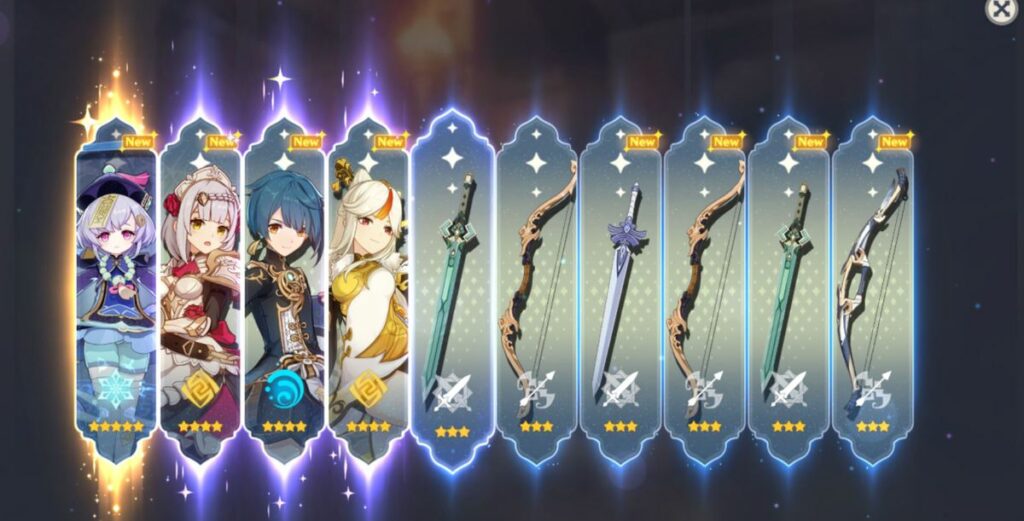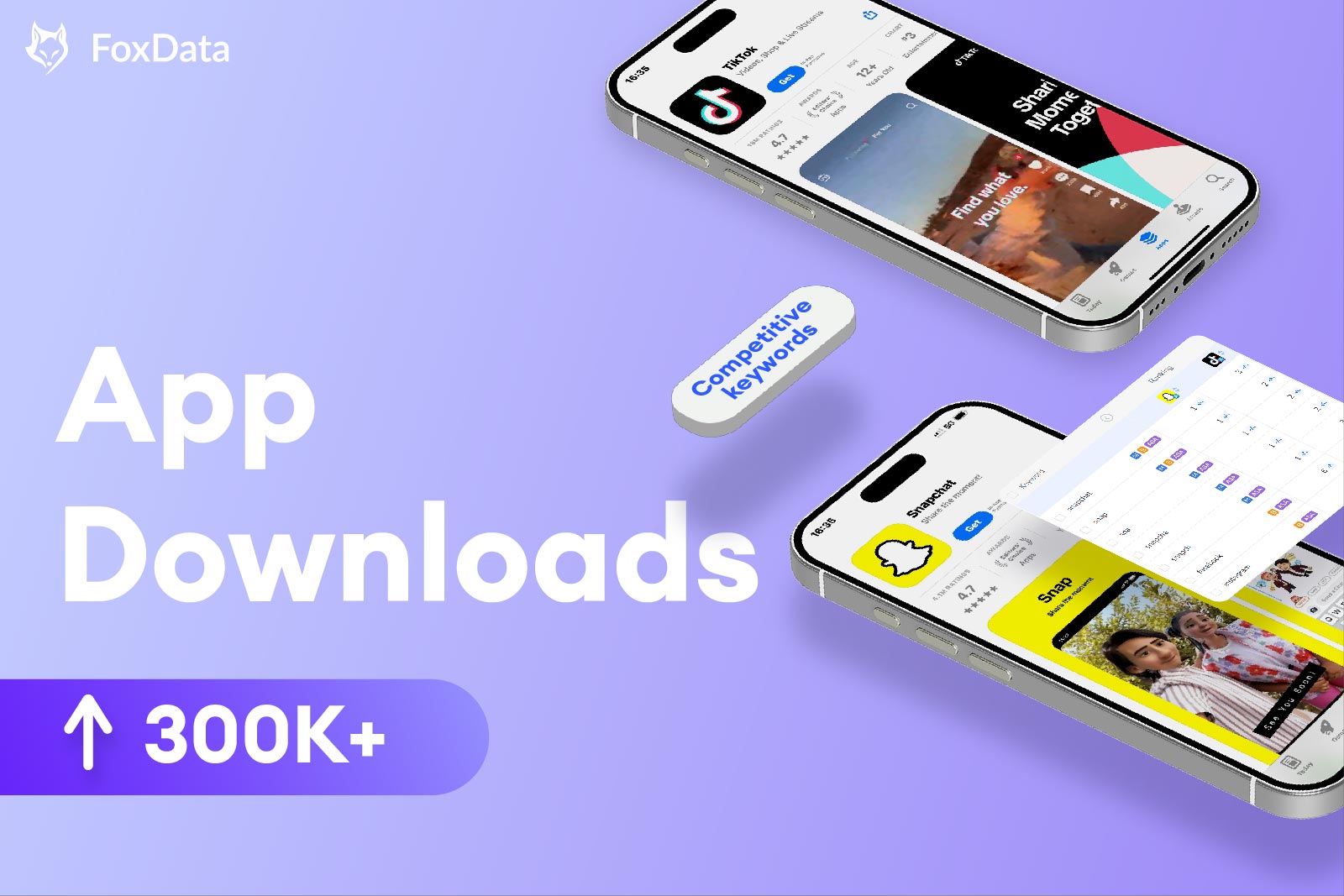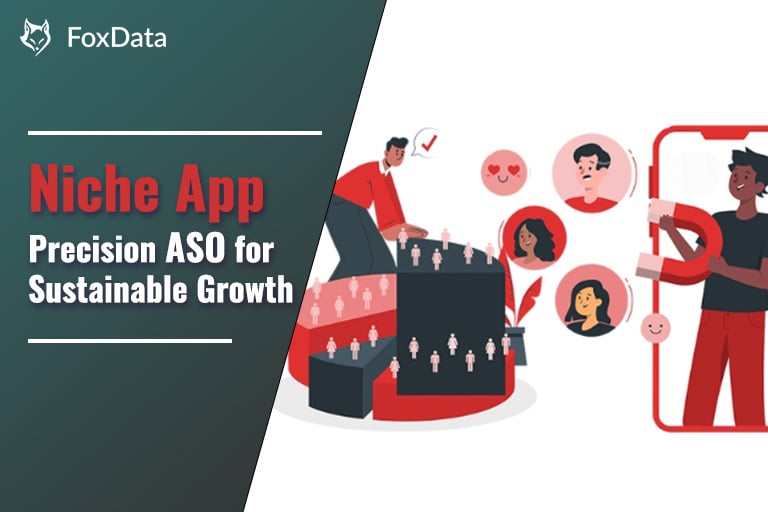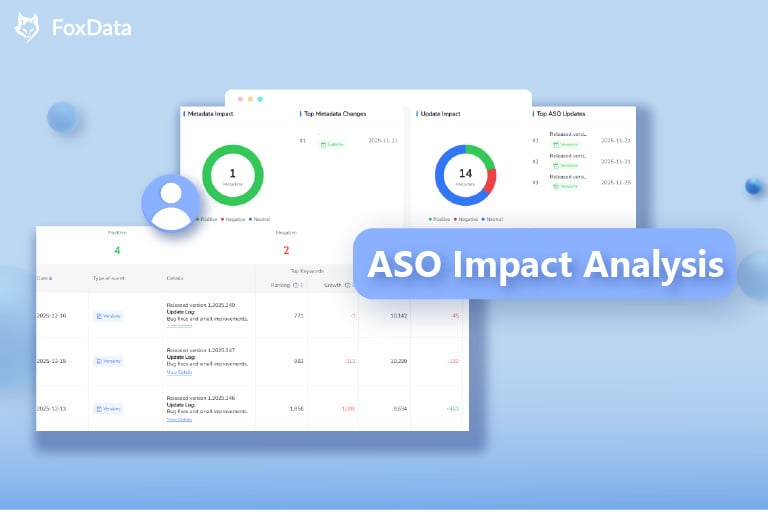Comprehensive Guide to Monetizing Mobile Games with In-App Purchases
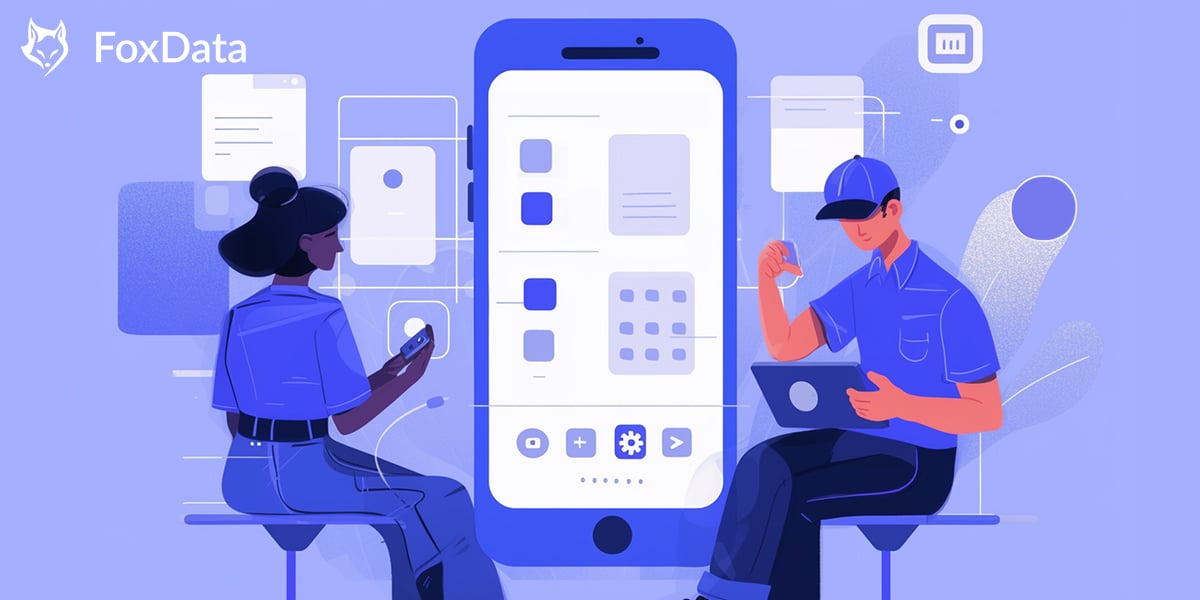
Creating a free-to-play mobile game offers players the joy of getting something for free, but monetizing it is the next challenge. Should you opt for in-app purchases (IAPs), in-app ads, or a hybrid model? This guide will help you navigate the options.
What Is an In-App Purchase?
In-App Purchase Types and Popular IAP Mechanics
Standard In-App Purchase Categories
In-app purchases (IAPs) are a diverse tool for monetizing mobile games, and developing an effective IAP strategy requires understanding the different types available. Successful mobile games often utilize a variety of IAP models tailored to their genre and audience.
1. Consumable Purchases
2. Non-Consumable Purchases
3. Auto-Renewable Subscriptions
4. Non-Renewing Subscriptions

Other Popular IAP Mechanics
Time-Limited IAPs
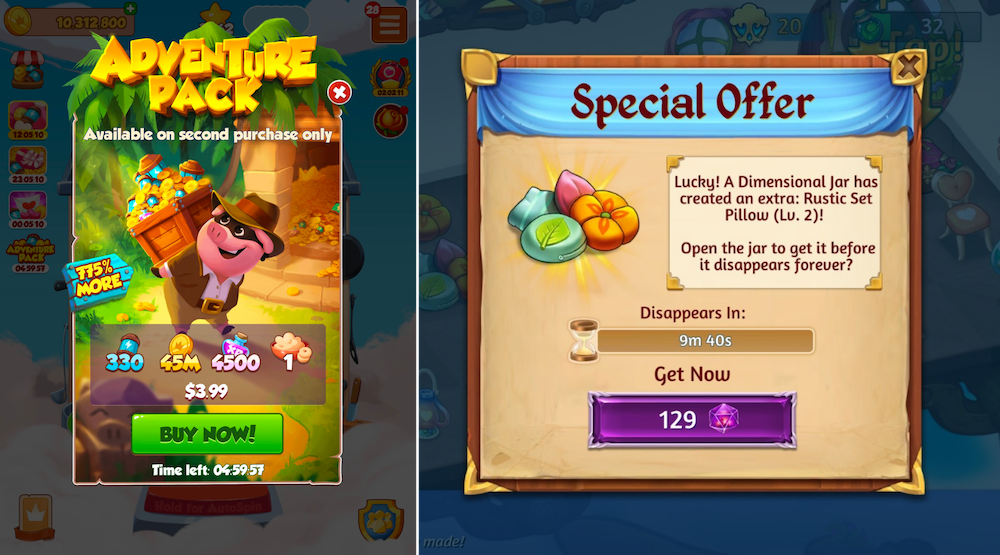
Piggy Bank

VIP System

Battle Pass

Loot Boxes
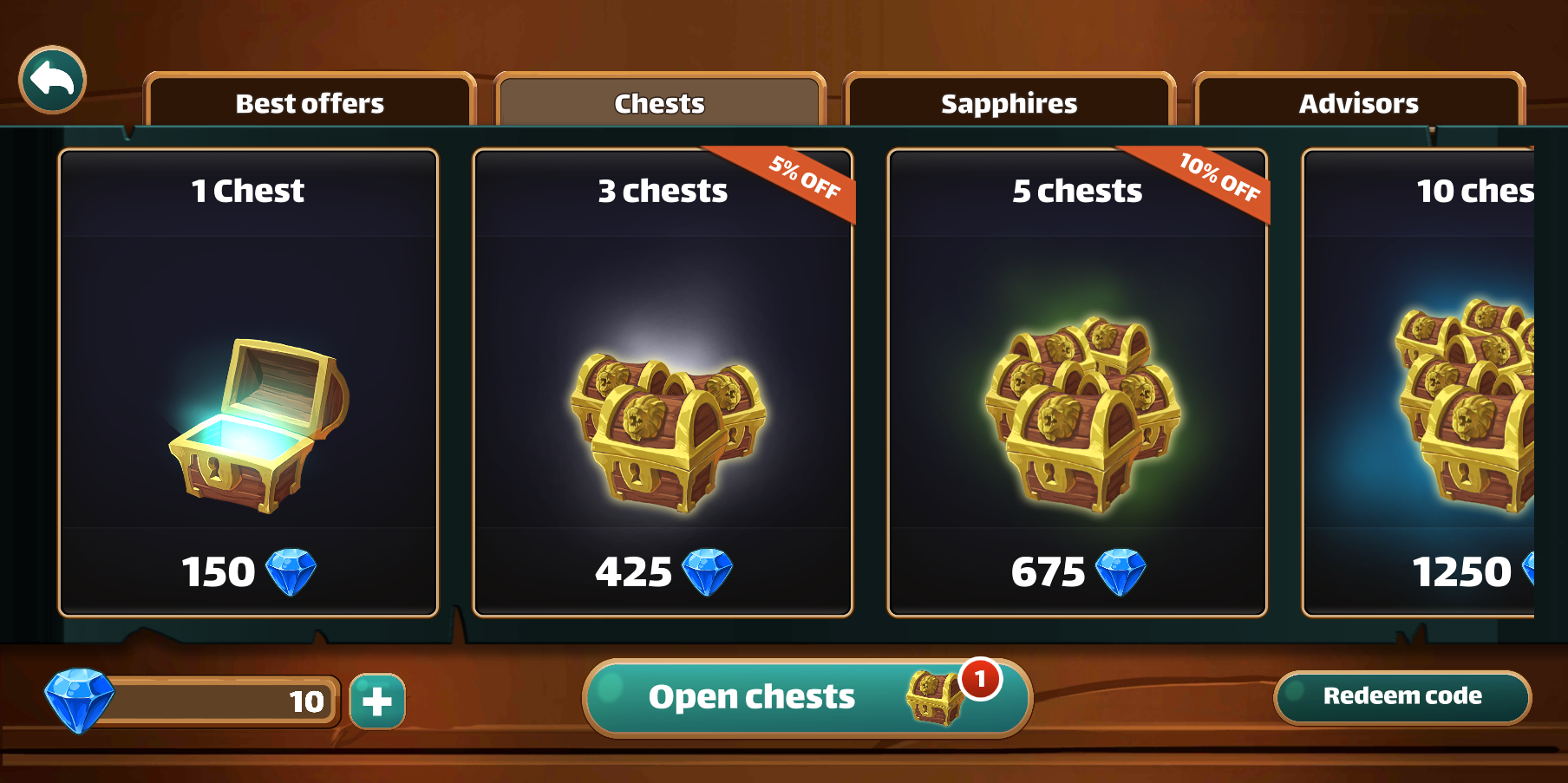
Gachas
8 Tips for Optimizing Your In-App Purchases
Introducing in-app purchases (IAPs) early in the development phase of your game can significantly streamline your monetization strategy. Here are seven essential tips to optimize your IAP setup effectively:
1. Establish Effective Pricing Strategies
Pricing your IAPs can be challenging but is crucial for maximizing revenue. Conduct A/B testing during development to determine optimal price points that encourage purchases without deterring players. Maintain consistent pricing to avoid confusion and include a variety of price points to cater to different players. Aim for a minimum price point above $2, as lower prices can negatively impact your average revenue per daily active user (ARPDAU).
2. Seamlessly Integrate In-App Purchases with Gameplay
Choose IAPs that fit naturally within the game mechanics and enhance the gaming experience. For example, loot boxes may be suitable for RPGs, while piggy banks could work well in puzzle games. Ensure that IAPs are valuable but not necessary for progression, which helps maintain a positive user experience and retention.
3. Introduce In-App Purchases to Players at Optimal Moments
Timing is crucial for introducing IAPs. Start with an educational approach during the onboarding process by showing players how the in-game store functions without pushing for immediate sales. Introduce compelling IAP offers when players are most likely in need, such as after failing a level several times, and ensure these offers present good value.
4. Customize Offers for Individual Players
Avoid generic offers; instead, tailor them to individual player behaviors and preferences. Personalization can be as simple as using the player's name in offers or more complex segmentation based on spending habits and gameplay. This strategy increases the likelihood of purchases by making offers more relevant to each player.
5. Provide Bundles and Discounts
Bundle multiple items at a discounted rate to provide better value and encourage purchases. Implementing time-sensitive discounts can create urgency and boost sales, outperforming other promotional strategies.
6. Target High-Spending Players
Focus on attracting and retaining high-spending players, known as 'whales,' who are pivotal for driving significant IAP revenue. Analyze user data to understand their preferences and behaviors, and tailor your marketing and IAP strategies to meet their needs. Optimize your user acquisition campaigns to target potential high spenders rather than just seeking to increase install counts.
7. Avoid Annoying and Overwhelming Your Users
While engaging users with notifications and offers is necessary, overdoing it can lead to negative experiences and increased churn rates. Ensure that all communications are relevant, timely, and valuable. Target your most engaged users with offers, as they are more likely to invest further in the game.
8. Conduct Thorough Testing
Continuously test and refine every aspect of your IAP strategy. From pricing to the timing of offers, small adjustments can lead to significant improvements in your monetization effectiveness. Use A/B testing to experiment with different strategies and find what works best for your game and your audience.
By following these tips, you can create a more effective IAP strategy that enhances player satisfaction and maximizes revenue.
👉Read More: How to Monetize Your Mobile App in 2024?
FoxData's sub-brand, FoxAdvert, provides advertisers with diversified traffic growth and monetization solutions.
Partner with FoxAdvert to fuel your brand's potential in Google, social, and app markets, and ignite your revenue growth with our data-driven solutions.


